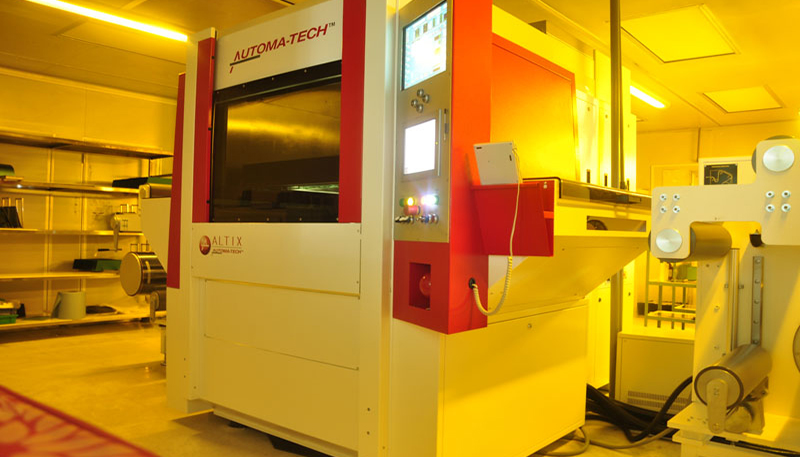
How to Create an Etched Stainless Steel Sheet
Etching stainless steel sheets is a process used for decorative patterns, logos, branding, or functional applications such as industrial panels and signage. The technique involves selectively removing material from the surface to create permanent designs, resulting in a professional and durable finish. This guide explains the materials, techniques, and steps for successfully etching a stainless steel sheet.
Durability: Etched designs are permanent, resistant to wear, and ideal for harsh environments.
Precision: Allows for intricate and detailed patterns.
Versatility: Suitable for various applications, including architectural design, signage, and decorative panels.
Customizability: Enables unique designs tailored to specific projects.
Stainless Steel Sheet: Choose a grade suitable for your project, such as 304 or 316 stainless steel, with an appropriate thickness.
Etching Solution:
Chemical Etching: Ferric chloride is commonly used.
Electrolytic Etching: Saltwater solution with a DC power source.
Resist Material: Adhesive vinyl, acid-resistant paint, or permanent markers.
Cleaning Supplies: Degreaser, isopropyl alcohol, fine sandpaper, and soft cloths.
Neutralizing Agent: Baking soda or a mild alkaline solution for cleanup.
Non-Metallic Container: For the etching solution.
DC Power Source: Required for electrolytic etching.
Polishing Supplies: To clean and enhance the finished piece.
Protective Gear: Gloves, goggles, apron, and a mask.
Clean the Surface:
Use a degreaser to remove any oil or contaminants.
Sand lightly with fine-grit sandpaper (400–600 grit) to create a better surface for the resist material.
Wipe the sheet with isopropyl alcohol to remove dust and residue.
Apply the Resist:
Create a design using CAD software, and cut it out on vinyl or stencil material.
Adhere the stencil or resist material to the stainless steel, ensuring a firm seal around the edges. Areas covered by the resist will not be etched.
Contact: andy_Lai
Phone: 18938693450
E-mail: yw9@zldsmt.com
Add: Building A3, Huafa Industrial Park, Fuyong Town, Fuyuan Road, Fuyong Town, Baoan District, Shenzhen,China